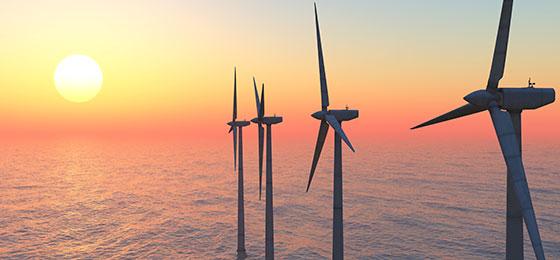Completed research project: Trade-offs in switching to renewable electricity
The completed NRP 70 project supports policymakers in deciding how much renewable generation Switzerland should target and where.
The team of Prof. Anthony Patt from the Institute for Environmental Decisions of ETH Zurich has examined the risks of four main options for increasing renewable electricity: wind power in Switzerland, photovoltaics (PV) on Swiss rooftops and in solar farms, offshore wind in the North Sea and concentrating solar power (CSP) in North Africa.
The study revealed that Switzerland can phase out nuclear and switch to renewables without risk of intermittency, if it does not rely solely on PV. This is because Swiss hydropower can compensate for limited intermittency, though less so in winter when PV output is low and Swiss rivers get limited water. Wind power from the North Sea is especially suited to the Swiss electricity system, as it is more stable than solar power and produces more electricity in winter. Furthermore, both North Sea wind and North African solar are likely to be cheaper than using natural gas.

